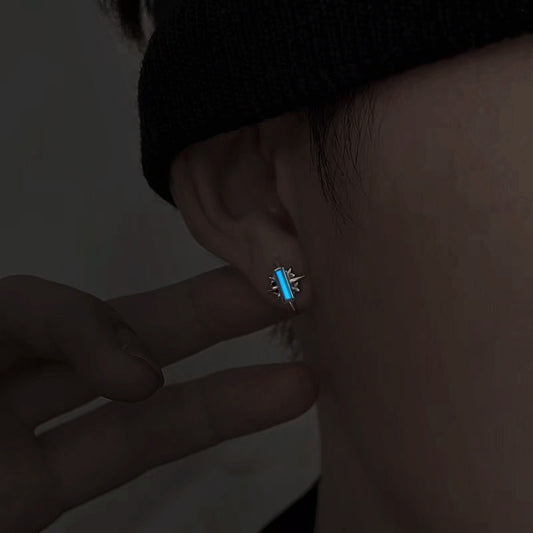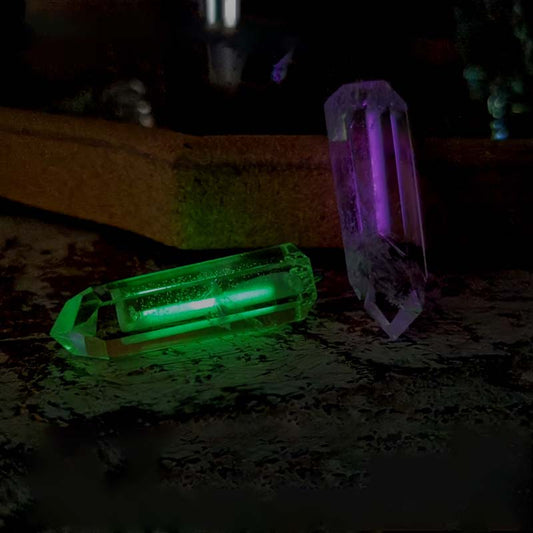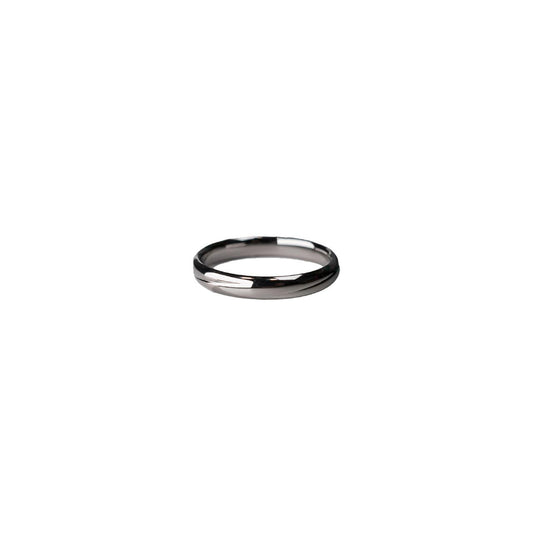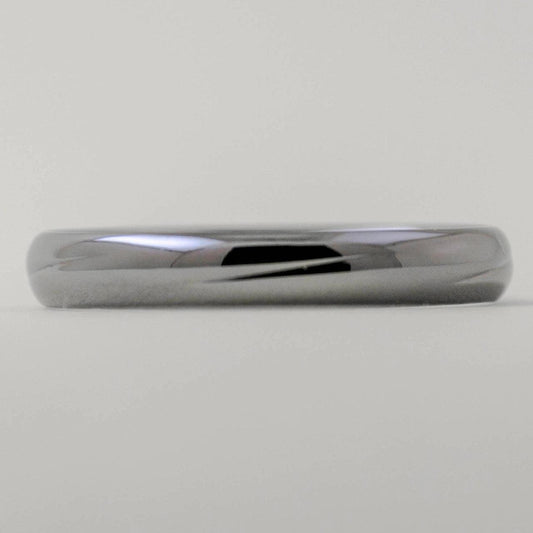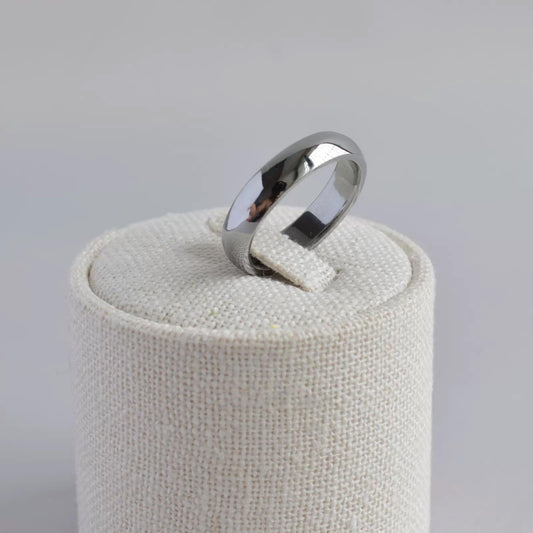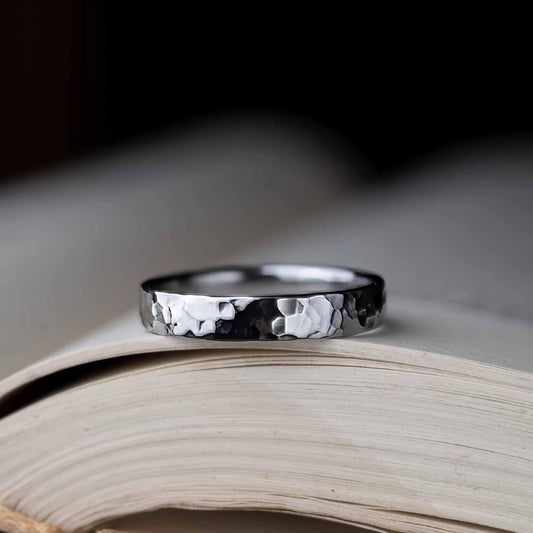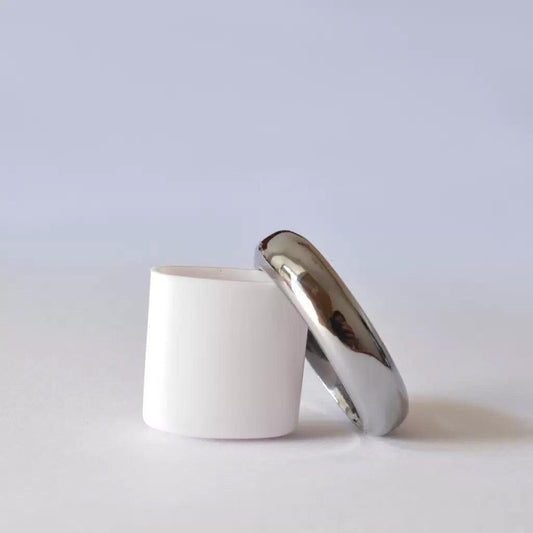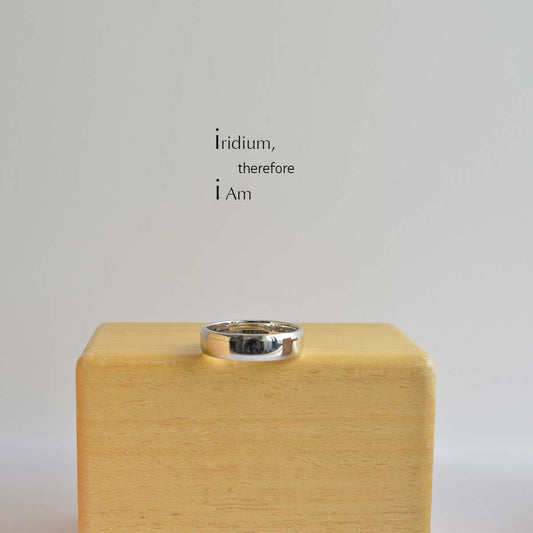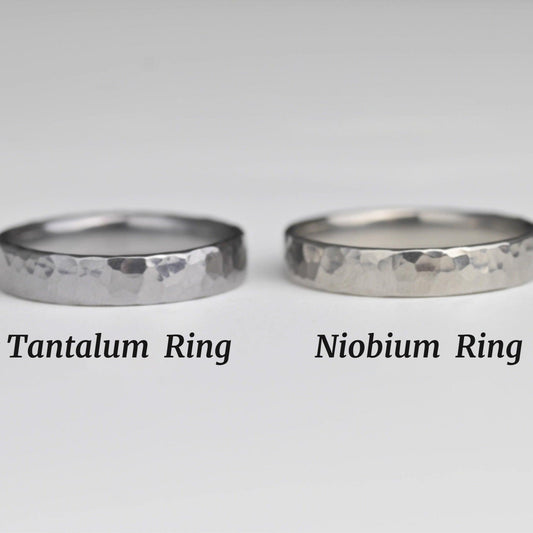The Journey of Rings Engagement and Wedding Bands in a Modern World
The Journey of Rings Engagement and Wedding Bands in a Modern World
The first time I slipped a ring onto my finger as a promise to another person was a moment filled with unexpected weight—not just because of the diamond's sparkle, but because of the tradition it symbolized. It got me thinking: Do we really grasp the history and meaning behind the rings we wear every day? In Western culture, the journey from engagement ring to wedding band is a deeply personal one, yet it's intertwined with broader cultural norms and evolving trends.
Engagement rings have an interesting backstory. The tradition of giving a diamond ring as a symbol of love became popular due in part to clever marketing in the early 20th century. Today, however, the choice of metal, gemstone, or design speaks volumes about a couple's personal style and values. While some still opt for the timeless elegance of a solitaire diamond, others embrace colored gemstones or alternative materials like moissanite or lab-created jewels for sustainability.
Once engaged, the question naturally arises: How will the engagement ring pair with its future companion—the wedding band? I vividly remember my own internal debate. Would I wear them on the same finger? Would a custom-fitted ring guard add too much fuss to my daily routine? Interestingly, the tradition of wearing both rings on the left hand's fourth finger stems from an ancient belief that a vein runs directly from that finger to the heart. While science has since debunked this, the sentiment remains.
Wearing two rings is not the only option, of course. Some prefer to eschew the engagement ring post-wedding, embracing the simplicity of a single band. In a culture that often values minimalism and function, this approach resonates with many. I recall my aunt, who finds the idea of wearing two rings cumbersome and instead displays her engagement ring solely for anniversaries and formal occasions.
Cultural relevance also plays a role in ring-wearing practices. In some European countries, the engagement ring is worn on the right hand and then switched to the left after marriage. This tradition speaks to the unique customs that coexist in our increasingly global society. An acquaintance of mine from Germany, for instance, shared their delight in learning and celebrating these differences during their engagement to an American partner.
Ultimately, how we choose to wear our engagement and wedding rings—or if we wear them at all—reflects a blend of personal choice, cultural influences, and evolving trends. The rings are both symbolic and uniquely our own, representing continuity and change. It is this blend of tradition and personal expression that gives these small circles their profound significance. As I glance down at my own hand now, I can't help but smile at the stories each band could tell, stories that belong to no one but us.



